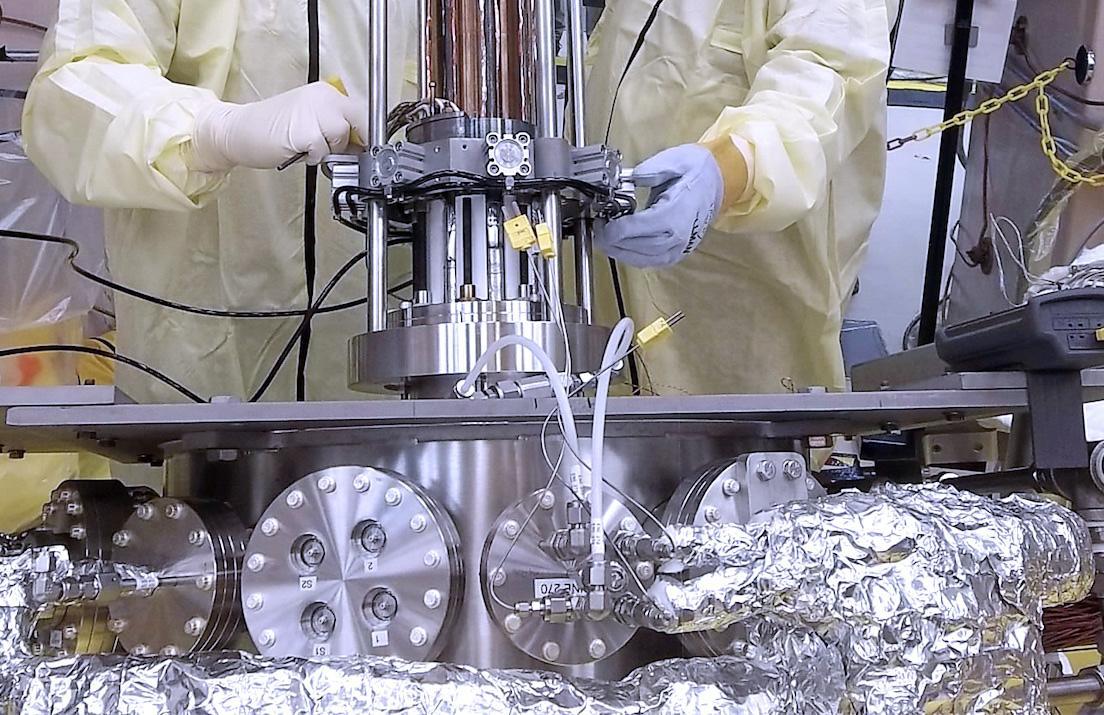Nasa to make announcement about nuclear power in space
The 'Kilopower' project could be used to generate clean energy on the moon, Mars and further into the universe

Nasa is to make a major announcement about its project to put nuclear power in space.
The agency has been working on "Kilopower" – a project to use a nuclear reactor to generate clean energy on the Moon, Mars and beyond – for some time. And now it will hold a press conference to reveal the latest results from its plans to unveil a new space exploration power system, it has said.
The conference will see the agency discuss the results of its latest experiments, it said in a release. It has been conducted from November 2017 through until March 2018, at the Nevada National Security Site or NNSS.
That site, deep in the Nevada desert, has long served as a testing ground for nuclear experiments. In the 1950s, for instance, it was used to detonate nuclear bombs that could be felt across the state and into Las Vegas.
Nasa hopes that Kilopower can use some of that same nuclear technology to provide energy for space explorers as they make their way through the solar system. They will need energy for a wide variety of tasks, from generating the light, water and oxygen they need to conducting experiments and sending information back to Earth.
"That’s why NASA is conducting experiments on Kilopower, a new power source that could provide safe, efficient and plentiful energy for future robotic and human space exploration missions," Nasa wrote in a statement in January.
"This pioneering space fission power system could provide up to 10 kilowatts of electrical power -- enough to run two average households -- continuously for at least ten years. Four Kilopower units would provide enough power to establish an outpost."
Using nuclear fission will allow astronauts to be able to generate energy wherever they are. If people on Mars, for instance, the amount of energy coming from the sun varies wildly; on Moon, the night lasts for 14 days.
“We want a power source that can handle extreme environments,” says Lee Mason, NASA’s principal technologist for power and energy storage. “Kilopower opens up the full surface of Mars, including the northern latitudes where water may reside. On the Moon, Kilopower could be deployed to help search for resources in permanently shadowed craters.
Join our commenting forum
Join thought-provoking conversations, follow other Independent readers and see their replies
Comments
Bookmark popover
Removed from bookmarks